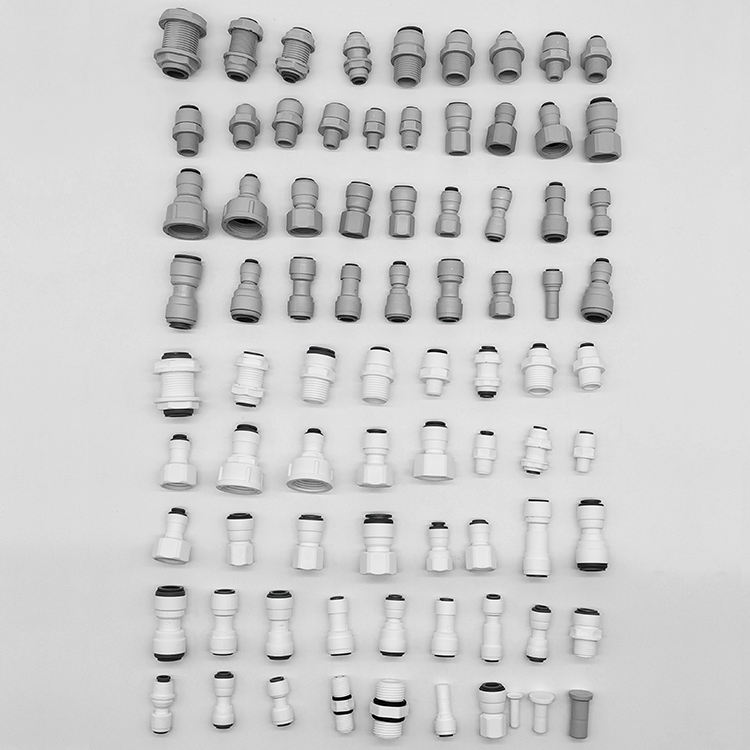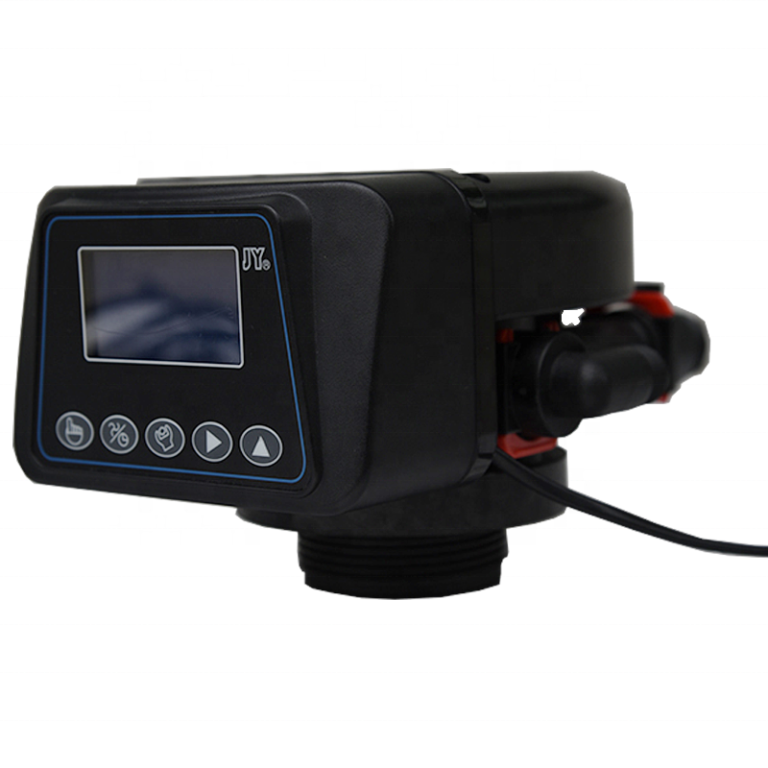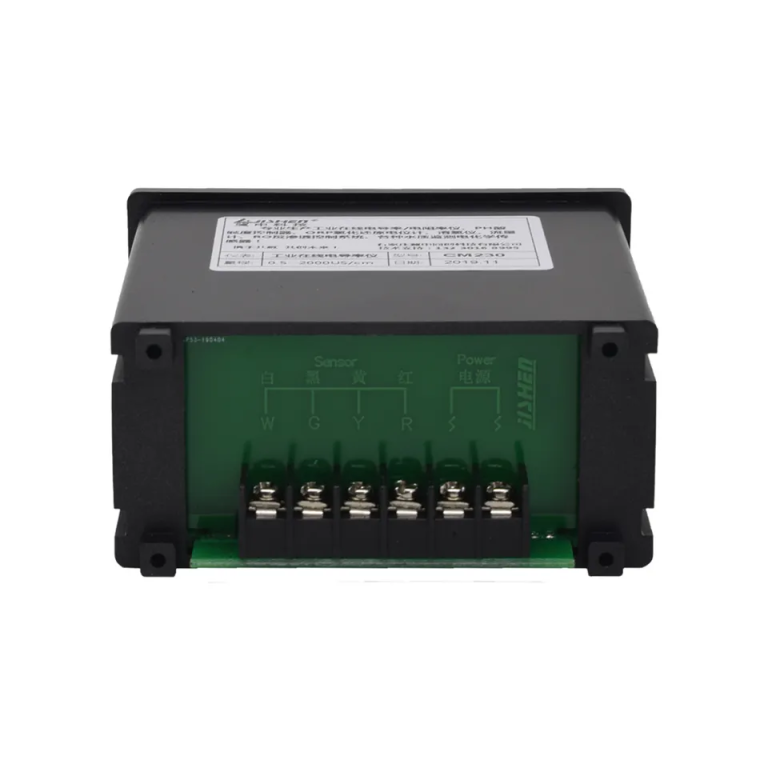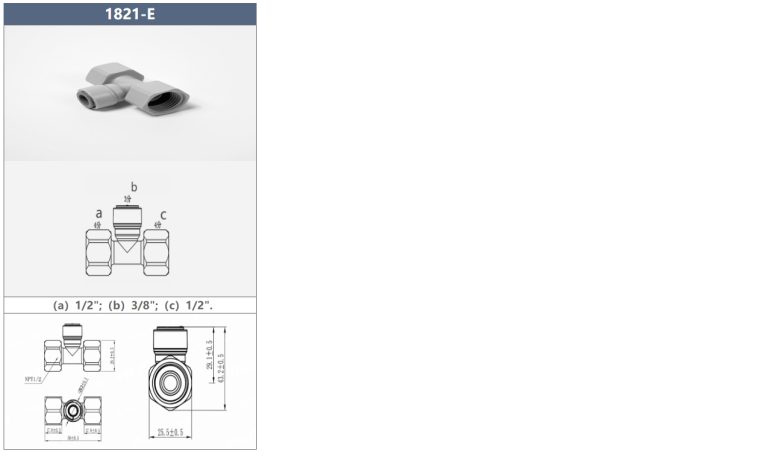“حماية مياهنا، اختبار واحد في كل مرة.”
الطرق المستخدمة من قبل وكالة حماية البيئة لمراقبة جودة المياه
تعتمد وكالة حماية البيئة أيضًا على النمذجة الحاسوبية للتنبؤ باتجاهات جودة المياه ومراقبتها. تُستخدم النماذج الحاسوبية لمحاكاة حركة الملوثات في المسطحات المائية، والتنبؤ بتأثير التغيرات في استخدام الأراضي على جودة المياه، وتقييم فعالية تدابير مكافحة التلوث. تساعد هذه النماذج وكالة حماية البيئة على اتخاذ قرارات مستنيرة بشأن إدارة جودة المياه والإجراءات التنظيمية.
هناك طريقة مهمة أخرى تستخدمها وكالة حماية البيئة لمراقبة جودة المياه وهي وضع معايير ومعايير جودة المياه. تضع معايير جودة المياه حدودًا محددة لتركيز الملوثات في المسطحات المائية لحماية صحة الإنسان والحياة المائية. تقوم وكالة حماية البيئة (EPA) بمراجعة هذه المعايير وتحديثها بانتظام بناءً على أحدث الأبحاث والبيانات العلمية.
تتعاون وكالة حماية البيئة أيضًا مع الوكالات الحكومية والمحلية، وكذلك الحكومات القبلية، لمراقبة جودة المياه. وتساعد هذه الشراكات على ضمان التغطية الشاملة لجهود مراقبة جودة المياه وتسهيل تبادل البيانات والموارد. من خلال العمل معًا، يمكن لوكالة حماية البيئة وشركائها معالجة قضايا جودة المياه بشكل أكثر فعالية وحماية موارد المياه في البلاد.
بشكل عام، تستخدم وكالة حماية البيئة نهجًا متعدد الأوجه لمراقبة جودة المياه، والجمع بين أساليب أخذ العينات التقليدية والتقنيات المتطورة بحث علمي. باستخدام مجموعة من الأساليب، يمكن لوكالة حماية البيئة تقديم تقييم شامل لجودة المياه في جميع أنحاء البلاد واتخاذ الإجراءات المناسبة لحماية صحة الإنسان والبيئة.
في الختام، تلعب وكالة حماية البيئة دورًا حيويًا في مراقبة وتنظيم جودة المياه في الولايات المتحدة. ومن خلال استخدام أساليب وتقنيات مختلفة، تستطيع وكالة حماية البيئة تقييم جودة المياه، وتحديد مصادر التلوث، واتخاذ الإجراءات اللازمة لحماية موارد المياه. من خلال استخدام نهج متعدد الأوجه لمراقبة جودة المياه، تساعد وكالة حماية البيئة على ضمان الحصول على مياه نظيفة وآمنة لجميع الأمريكيين.
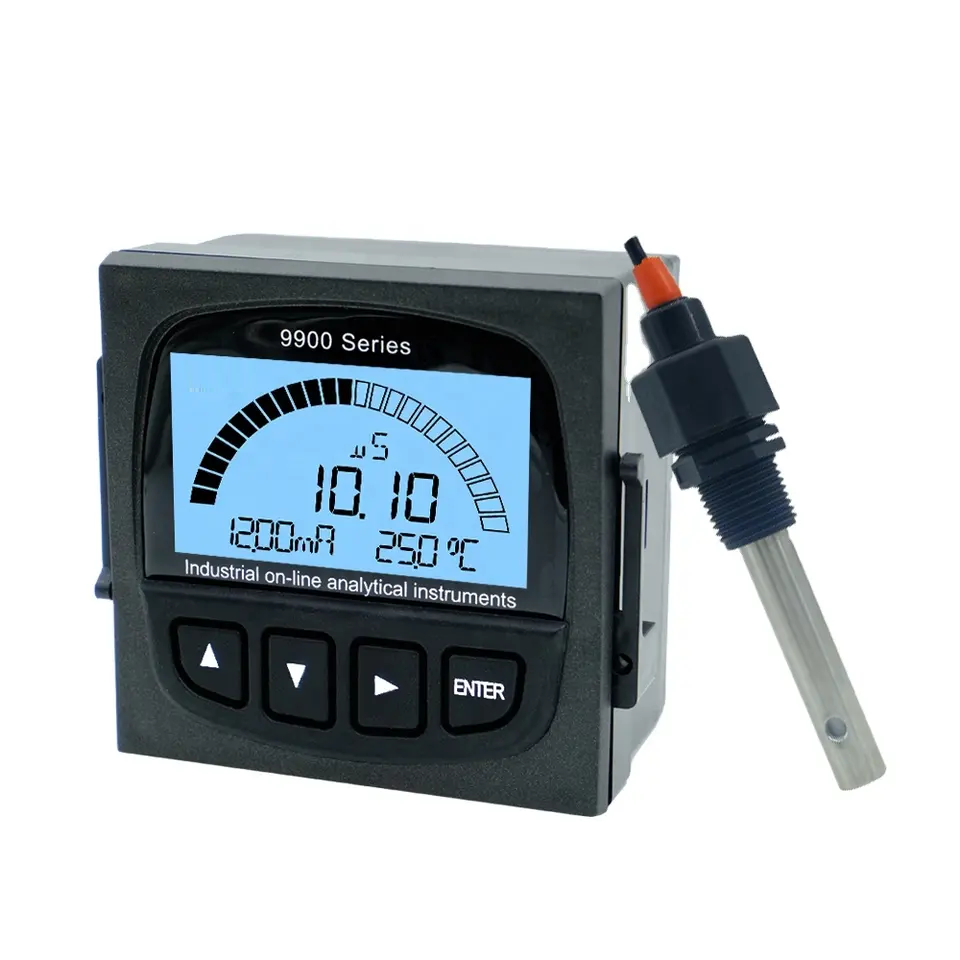
The EPA also relies on computer modeling to predict and monitor water quality trends. Computer models are used to simulate the movement of pollutants in water bodies, predict the impact of land use changes on water quality, and assess the effectiveness of pollution control measures. These models help the EPA make informed decisions about water quality management and regulatory actions.
Another important method used by the EPA to monitor water quality is the establishment of water quality standards and criteria. Water quality standards set specific limits on the concentration of pollutants in water bodies to protect human health and aquatic life. The EPA regularly reviews and updates these standards based on the latest scientific research and data.
The EPA also collaborates with state and local agencies, as well as tribal governments, to monitor water quality. These partnerships help ensure comprehensive coverage of water quality monitoring efforts and facilitate the sharing of data and resources. By working together, the EPA and its partners can more effectively address water quality issues and protect the nation’s water resources.
Overall, the EPA employs a multi-faceted approach to monitor water quality, combining traditional sampling methods with cutting-edge technologies and scientific research. By using a combination of methods, the EPA can provide a comprehensive assessment of water quality across the country and take appropriate actions to protect human health and the environment.
In conclusion, the EPA plays a vital role in monitoring and regulating water quality in the United States. Through the use of various methods and technologies, the EPA can assess water quality, identify sources of pollution, and take action to protect water resources. By employing a multi-faceted approach to water quality monitoring, the EPA helps ensure clean and safe water for all Americans.

